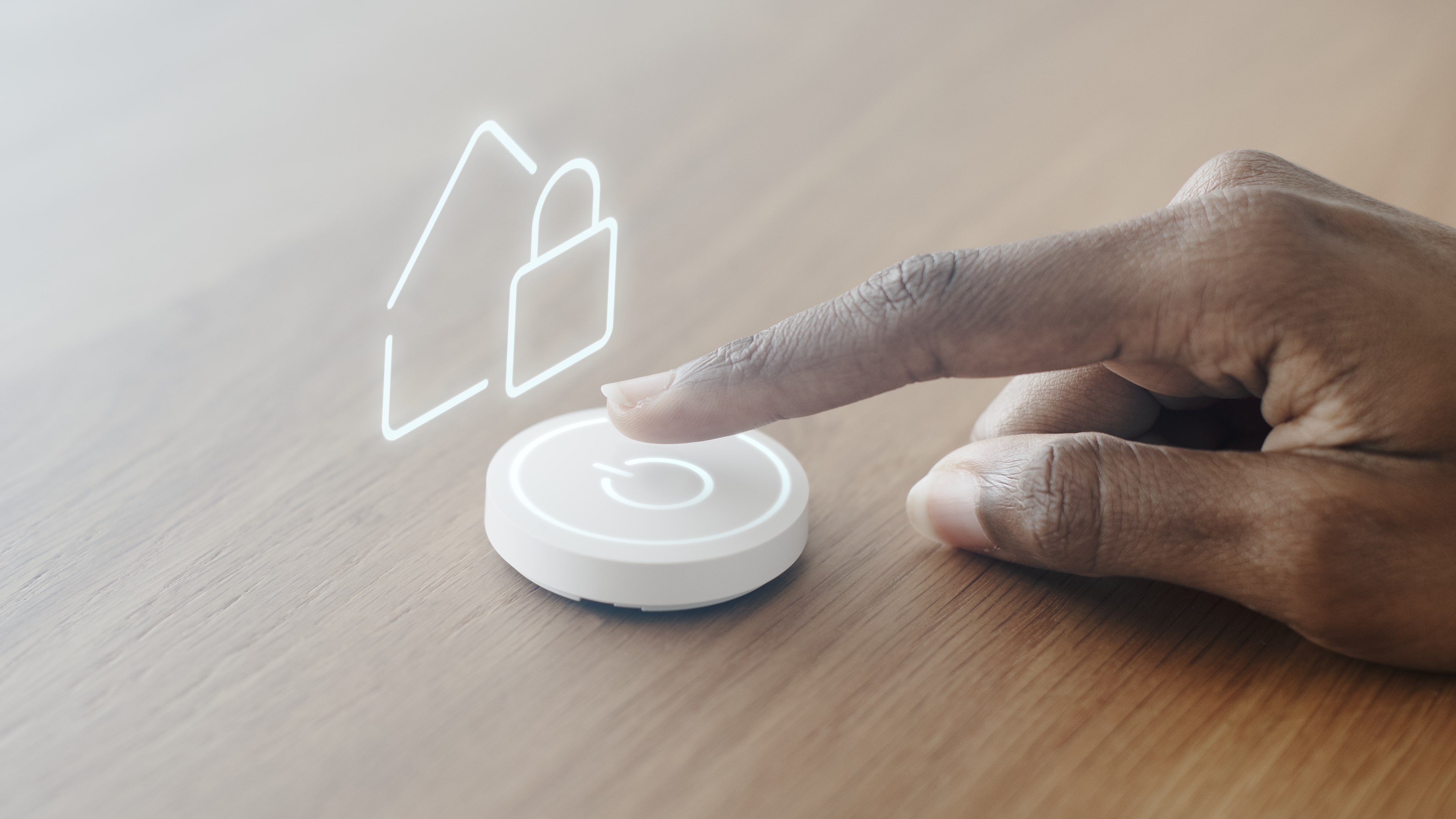Protecting Your Mobile Devices: Cyber Security on the Go


Mobile security is an essential component of modern technology, addressing the growing risks and challenges associated with the use of mobile devices. As smartphones and tablets have become universal, they have also become prime targets for cybercriminals and hackers. These devices are not only personal communication tools but also repositories of sensitive information such as financial details, personal identity data, emails, photos, and business documents. The importance of mobile security lies in its ability to protect this information and maintain user privacy.
Securing Your Mobile Device
Securing your mobile device is important in protecting your personal information from unauthorized access and cyberthreats. Here are some effective strategies to reinforce the security of your mobile device:
Use Strong Authentication Methods
Passcodes and Biometric Authentication
To prevent unauthorized access, it is essential to set up a strong passcode on your mobile device. A passcode that is a random mix of digits, letters, and special characters provides a basic level of security. Additionally, biometric authentication methods such as fingerprint scanning, facial recognition, or iris scanning offer a higher level of security. These methods are unique to each individual and are extremely difficult to replicate, making them effective against unauthorized access.
Multi-Factor Authentication (MFA)
Implementing Multi-Factor Authentication (MFA) adds an additional layer of security. MFA requires users to provide two or more verification factors to gain access to their mobile device or specific applications. This could include something you know (a password or PIN), something you have (a security token or a mobile phone), and something you are (biometric verification). MFA significantly reduces the risk of unauthorized access even if one of the authentication factors is compromised.
Keep Your Software Updated
Operating System Updates
Regularly updating the operating system (OS) of your mobile device is vital. Manufacturers often release updates to fix security vulnerabilities that have been discovered. Keeping the OS updated ensures that you benefit from the latest security patches and enhancements, reducing the risk of cyberthreats exploiting old vulnerabilities.
App Updates
Similarly, keeping all installed apps updated is crucial. App updates not only bring new features but also often include security patches that protect against newly discovered threats. Regular updates ensure that you are protected against known vulnerabilities that could be exploited by malicious actors.
Secure Your Connections
Use Secure Wi-Fi Networks
When connecting to Wi-Fi networks, ensure that they are secure. Using encrypted Wi-Fi networks that require a password offers a layer of security against potential interceptors who could capture the data sent from your mobile device to the router.
Avoid Public Wi-Fi
Avoid using public Wi-Fi networks for sensitive transactions, as they are not always secure and can be a place for cyberthreats. If you must use public Wi-Fi, consider using a Virtual Private Network (VPN). A VPN encrypts the data leaving your device, making it difficult for hackers to intercept and read your information.
Encrypt Your Data
Built-in Encryption Features
Most modern mobile devices come with built-in encryption features that protect the data stored on your device. Enabling these features ensures that your data is converted into a form that cannot be easily understood by anyone who does not have the decryption key. This is particularly useful if your device is lost or stolen.
Third-party Encryption Apps
For additional security, consider using third-party encryption apps. These apps can offer enhanced encryption for specific files or even entire data segments on your device. They provide an extra layer of security, ensuring that sensitive information such as financial data, personal photos, and private communications are protected from unauthorized access.
Best Practices for Mobile App Security
Mobile app security is essential in today's digital life, where mobile devices have become integral to our lives. Here are some best practices for mobile app security:
Download Apps From Trusted Sources
- Official App Stores (Google Play, Apple App Store): Downloading apps from official app stores helps ensure that the apps are verified and free from malware.
- Avoid Third-party Stores and Sideloading: Third-party stores may not have the same level of security checks as official app stores, increasing the risk of downloading malicious apps. Sideloading apps can also introduce security vulnerabilities.
Review App Permissions
- Understand Permissions Before Granting: Be cautious about granting app permissions, as some permissions may be unnecessary or pose a security risk.
- Regularly Review and Revoke Unnecessary Permissions: Regularly review the permissions your apps have and revoke any unnecessary permissions to minimize the risk of unauthorized access or data breaches.
Monitor for Unusual Activity
- Signs of Compromise or Unauthorized Access: Keep an eye out for signs of compromise, such as unexpected app behavior, slow performance, or unusual data usage.
- Security Alerts and Notifications: Stay informed about security alerts and notifications from your device or app providers, and take appropriate action to address any potential threats.
Protecting Your Data and Privacy
Protecting your data and privacy on mobile devices is essential in today's digital age where cyberthreats are present. Here are some key practices to protect your information:
Backup Your Data Regularly
Cloud Storage and Local Backups
Regularly backing up your data is crucial to ensure that you can recover it in case of device loss, theft, or damage. Utilizing cloud storage services like Google Drive, iCloud, or Dropbox allows you to store your data securely offsite, providing an additional layer of protection. Additionally, creating local backups on external hard drives or USB keys ensures that you have a copy of your data readily available even without an internet connection.
Encrypted Backups
When backing up your data, consider encrypting your backups to add an extra layer of security. Encrypted backups ensure that your sensitive information is protected from unauthorized access, providing peace of mind in case your backups fall into the wrong hands.
Manage Your Privacy Settings
Location Services and Tracking
Review and manage the location services settings on your mobile device to control which apps have access to your location data. Limiting location tracking helps protect your privacy and prevents apps from tracking your movements without your consent.
Social Media Privacy Controls
Take control of your social media privacy settings to manage who can view your posts, photos, and personal information. Adjusting privacy controls on platforms like Facebook, Instagram, and Twitter allows you to customize your privacy preferences and restrict access to your data.
Be Aware of Phishing Attempts
Recognizing Phishing Emails and Messages
Stay vigilant against phishing attempts by being cautious of unsolicited emails, text messages, or calls asking for personal information. Look out for signs of phishing, such as unfamiliar senders, urgent requests for sensitive data, or suspicious links. Avoid clicking on links or providing personal information to unknown sources.
Reporting and Avoiding Phishing Scams
If you suspect a phishing attempt, report it to the appropriate authorities or the platform where the message originated. Avoid engaging with suspicious messages and refrain from sharing personal information unless you are certain of the sender's legitimacy. By staying informed and cautious, you can protect yourself from falling victim to phishing scams and protect your data and privacy on mobile devices.
Responding to a Mobile Security Breach
In the event of a mobile security breach, swift and decisive action is crucial to mitigate the impact and prevent further damage. Here are the steps to take if your device is compromised:
Steps to Take if Your Device is Compromised
- Disconnect from Networks: Immediately disconnect your device from all networks, including Wi-Fi and mobile data, to prevent unauthorized access and data exfiltration.
- Report the Incident to Authorities or Security Services: Contact the appropriate authorities or security services to report the security breach. This step is essential for investigation and potential legal action against the perpetrators.
Restoring Your Device After a Breach
- Factory Reset and Reinstallation: Perform a factory reset on your device to erase all data and settings, reverting it to its original state. After the reset, reinstall necessary apps from trusted sources to ensure a clean and secure environment.
- Restore from Backup: If you have recent backups of your data, restore your device from these backups to recover essential information while ensuring that any compromised data is not reintroduced.
Lessons Learned and Preventing Future Breaches
- Regularly update your device's operating system and apps to patch security vulnerabilities.
- Enable multi-factor authentication (MFA) for an added layer of security.
- Educate yourself on common cyberthreats like phishing and malware.
- Use strong, unique passwords for all accounts and consider using a password manager.
- Avoid connecting to unsecured Wi-Fi networks and use a VPN for added encryption.
- Be cautious of suspicious emails, messages, and links to prevent falling victim to social engineering attacks.

.jpg)

